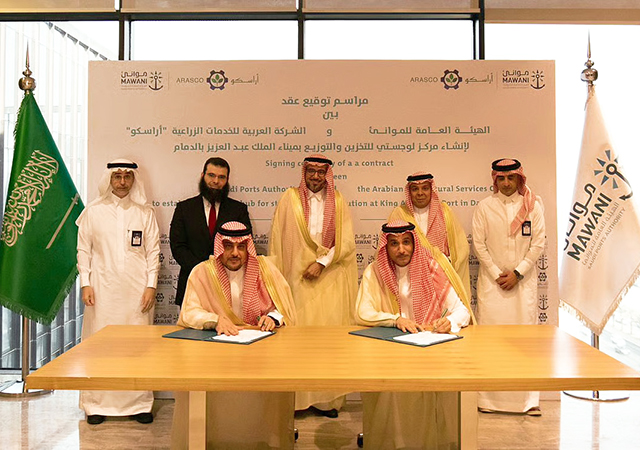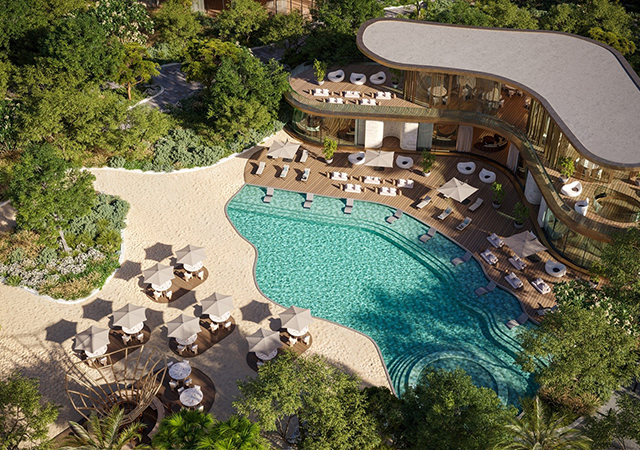 Lejuez, Rijkaard and Van Diemen (below) ... unified goal, to see Sigma on top.
Lejuez, Rijkaard and Van Diemen (below) ... unified goal, to see Sigma on top.
SIGMA Paints continues to press ahead with its plans to upgrade its distribution network not only in the Eastern Province but also elsewhere in Saudi Arabia as well as in Oman and Qatar.
The major three-year programme, launched earlier this year, is among a number of initiatives being implemented by the Dammam-based company to get closer to its customers and meet the market demand for innovation and value-added services, in line with its vision of being the number one paint manufacturer in the region.
Sigma’s managing director Mark Van Diemen comments: “You can be number one in terms of volume or value of paint produced. Alternatively, you may be number one because others see you as the trend-setter. Sigma is pretty close to the latter, and this is our focus: So, when we roll out a concept, other paint companies wish they had got there first.”
An example of its pioneering moves to be a trendsetter in the region was the launch last year of Sigmacryl Ecoplus, an environment-friendly paint with zero VOC. “It has the Eco-label certificate from Europe, and other companies are now trying to introduce similar products on the Saudi market,” he says.
Other innovative products launched recently by the company include anti-bacterial and nanotechnology exterior paints as well as some high-end finishes.
 |
As a trendsetter in the region, the company launched the revamp of its distribution network in April this year, involving the upgrade of Sigma retail shops and its distribution network to a new, dynamic concept – an example which Van Diemen expects other paint companies in the region to emulate.
The project forms part of a three-tier marketing channels strategy, which is to be implemented by 2013. The programme aims to cover customers in all market segments – whether a villa owner, looking for value-added services in addition to paint, such as the right colour choices for his home, or a professional painter, who requires technical advice as well as paint and tools, according to Van Diemen.
This strategy is also geared towards boosting brand awareness in the market. According to Sigma’s brand manager Steven Rijkaard one of the key routes to ensuring greater customer awareness of a brand is distribution. “So, the company is totally upgrading its distribution network in three ways: the service centre model, which is quite known in Europe where you can find everything for the painter like scaffolding, safety clothes, etc; the design shop, which is focused on the consumer, with inspiration, colours, etc; and the mixed shops, tailored to meet the requirements of both professionals and consumers.
“By adopting this strategy, we communicate a resurgent Sigma in the market for everybody to experience,” Rijkaard adds.
As part of this programme, the company opened the Sigma Service Centre last May in the Eastern Province. Described as Sigma’s “the 100 per cent professional outlet”, this centre is dedicated to professional customers such as contractors and painters. Other service centres are planned for the Western Province (in Jeddah) and other areas where Sigma intends to extend its coverage, such as in Tabuk or Khamis Mushayt.
The second “tier” in its marketing strategy has seen the launch of its new distribution shops concept, aimed at providing customers with a “superb” experience and designed specifically to meet their needs. To date, four upgraded distribution outlets have been opened, with new shop concepts currently being developed for Al Khobar, Dammam, Al Hasa, Jubail, Riyadh and Qassim.
Elaborating on this major revamp, Sigma’s marketing manager Middle East Antoine Lejuez says: “While many of our competitors focus on professionals, our shops are designed for both professionals and families, in an attractive layout that caters to both. From a cultural point of view, having a concept that caters to both families and professionals is not easy in a country like Saudi Arabia.”
The company is beginning to reap the benefits of having initiated this innovative concept. “Our dealers and, more importantly, our customers are very pleased,” says Lejuez, adding that a well-designed shop by itself is not an ingredient for success “if the customer seems lost or if what we offer does not meet his expectation”.
Lejuez indicates that Sigma’s sales have increased since the new shop design was introduced. “It is too early to give figures since the new designs were only implemented in June, and then it was Ramadan, but there has been a definite footfall and sales increase. So we are on the right track. Interestingly, in the service centre we are seeing that sales of sundries and not just paint are growing,” he comments.
Sigma is, however, currently reviewing the implementation process for the marketing strategy as it intends to fine-tune the programme based on customer feedback. “Market feedback is the key,” Lejuez says. “Before implementing the new shop concept, I want to ensure it meets customer and market expectations. When you launch a concept, there is always some fine-tuning, always something to improve, update or modify.”
“Retail is detail,” he continues, “and we are very much focused on the details. That’s why it takes quite a while before we launch a concept – we make sure everything is right. But I must stress it is the customer who will ultimately determine the success of our concepts and strategies, and this lies at the heart of Sigma’s very customer-driven mentality.”
Sigma Paints is also upgrading two shops in Qatar, which will be completed this month (November), and three in Oman.
The third tier in this plan – the DIY concept – caters solely to the end-user and is yet to be implemented.
The company is also using the Internet as a tool to get closer to and communicate even more effectively with its customers. “It is a 360-degree communications strategy to let our customers know that we are here to serve them, to provide them with durable paint solutions,” Rijkaard says.
Sigma recently launched a new website (www.sigmapaints.com), enabling it to showcase its brand in a more modern way. “There are three applications on the website worth mentioning,” says Bassam Al Masri, communication and PR manager.
The YourSpace section is dedicated to Sigma’s dealer network, architects, consultants and painters and log-in is through a user name and password. The second application, the Paint Systems Specifier, enables users to find out which system is best suited for their requirements by keying in certain criteria. Finally, the Colour Viewer is an end-user application, which allows users to colour walls that can be selected from pre-uploaded pictures or by uploading their own images.
Al Masri says Sigma is monitoring the traffic to its website and is moving towards an online platform. “Although this might be a bit early because our target audience is not fully online yet, we are ahead of our competitors and we are trying to drive more people online,” he adds.
Speaking of value-added services, Van Diemen says that Sigma is coming up with a lot of new colour concepts and as these require training for end-users and consultants, it is providing training consultations and advice. Training sessions are also held every week in the service centre, which have proved very successful to date.
With regard to training its own staff, the company recently recruited a new training and development manager and is looking at increasing its focus on staff training next year, including sending its employees overseas for training to either PPG or Sigma affiliates.
Markets & expansion
Sigma offers products that are specially developed to suit both the local environment and local tastes, and has been creating lasting impressions in the Middle East in the decorative paints sector for the past three decades.
Having already established itself as a renowned brand in decorative paints, the company has increased its focus on the protective and marine coating sectors over the past six years. Since then, it has seen a tenfold increase in regional sales in both the sectors, with the strongest growth in Saudi Arabia.
“Our sales teams are well-acquainted with the protective coatings, marine and decorative markets. Sales are linked to our R&D (research and development) departments, giving them confidence about the product. When you link sales with R&D and product management, you will achieve results,” says Van Diemen.
Sigma has now gained a firm foothold in the marine and protective coatings sectors. The UAE, and especially Dubai, accounts for the bulk of the demand for marine coatings. “In the last few years, we have strengthened our sales by serving a greater number of local vessel owners,” says Van Diemen.
Rijkaard says that marine and protective coatings is a specific B2B market where there is less focus on advertising and more on quality, certification, durability and long-term guarantees. But being part of PPG, Sigma already has an impressive and long track record in marine and protective coatings across the world.
To meet the demand for its products, Sigma continues to invest heavily in upgrading its paint production capacity, especially for water-based paints. It has also increased batch sizes and can now produce batches of 20 to 25 tonnes, which helps reduce lead times and production costs.
It has also recently invested in state-of-the-art equipment for the production of coatings for the packaging industry – which is another addition to its product portfolio – and expected to start full-scale production at the end of last month (October).
Apart from Saudi Arabia, Sigma has a production facility in Egypt and has plans to set up a facility in the UAE – either in Fujairah or Ras Al Khaimah – to produce marine and protective coatings and decorative paints.
Commenting on the market, Van Diemen admits that the competition is fierce, indicating that with the change in the government approval process for paint suppliers, the number of companies operating in the sector has increased to 20.
He points out that not all supply paint of the same quality. “The regional market is now much more price conscious and at the same time still rather immature in terms of knowledge and understanding of paints and paint systems,” he says.
“For example, while the cost of a paint drum from Sigma may be higher than another paint product on the market, the area covered with our paint would be far more. So the price per sq m is less with Sigma. This apart, by using better quality paint, maintenance can be delayed to six or seven years rather than three years with a poor quality product.
“So, overall, we are trying to explain to the user to consider the price per sq m per year, and not the price per drum, or the price per sq m.”
The company is, however, seen as an international ‘A’ brand. “We demonstrate this through our innovations. As part of PPG, we have a solid foundation of technical knowledge and research and development capabilities in the US and Europe, ensuring we always come up with new ideas and new solutions. From market research we know that Sigma stands for durable, trustworthy and reliable paints,” Rijkaard says.
As an international company, being part of PPG, Sigma has an advantage over local companies, according to him. “For example, we benefit from PPG’s network, and we are obliged to meet certain quality standards such as ISO and other independent certifications,” he explains.
And as a company which celebrates its 30th anniversary in the region this year, Sigma has come a long way. “What started as a small office here in Saudi Arabia has grown to have a very strong presence in the Middle. And it is growing,” he concludes.








.jpg)




.jpg)

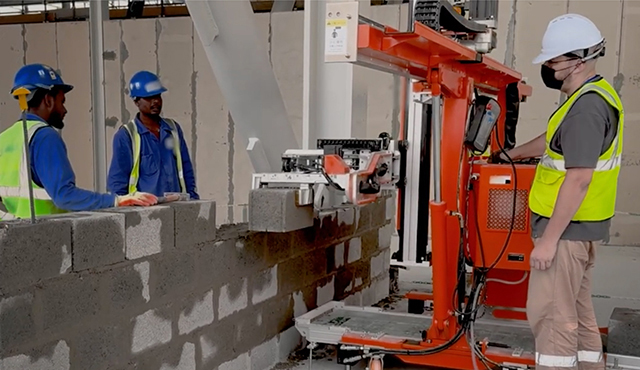

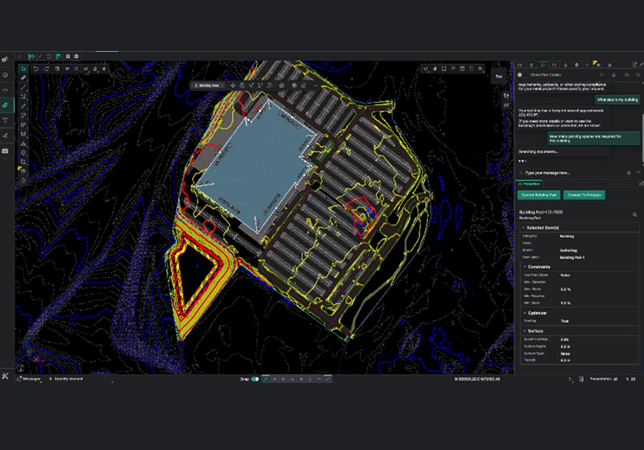



















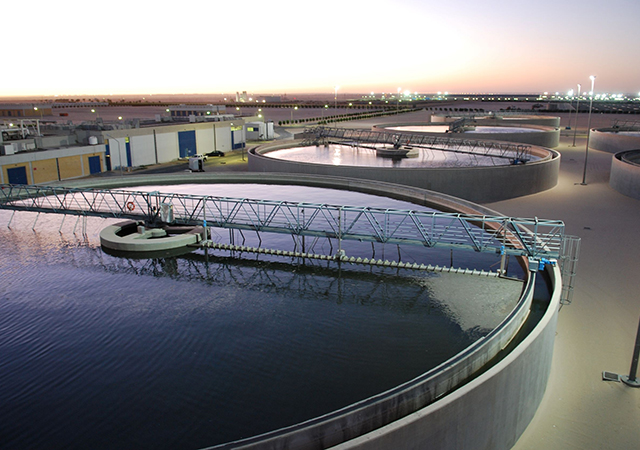


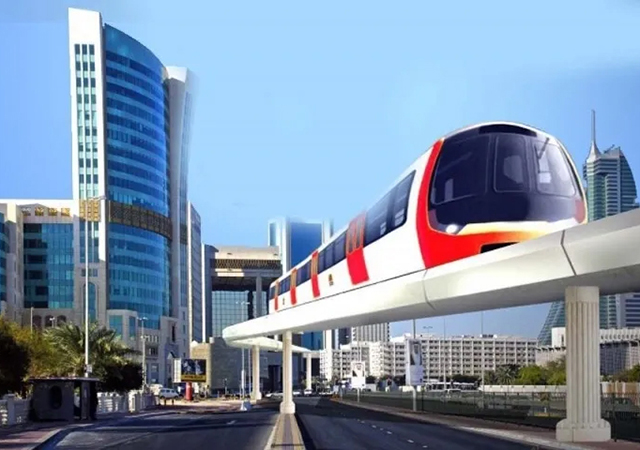

.jpg)




